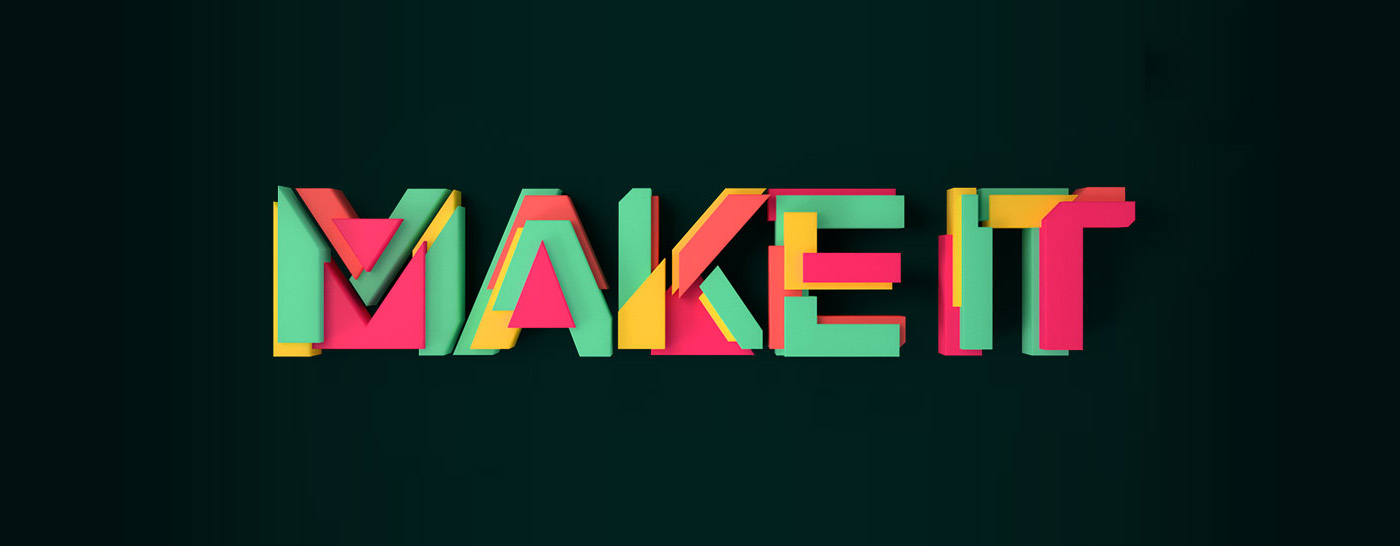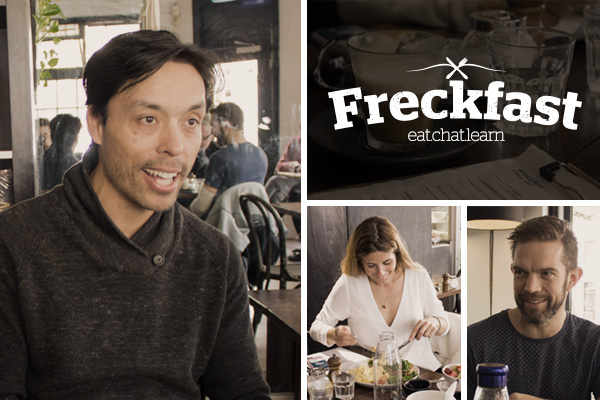Grab a cuppa, settle in and join me as I take you on a warp-speed journey into space, the universe or more specifically, some of the theories that surround the question: are we really alone?
Space is big. Really big. You just won’t believe how vastly, hugely, mind-bogglingly big it is. I mean, you may think it’s a long way down the road to the chemist’s, but that’s just peanuts to space.
Douglas Adams, The Hitchhikers Guide to the Galaxy
Adams was right. There are 400 billion stars in our galaxy alone and 170 million galaxies in the observable universe. Astronomers estimate that there are 70 sextillion stars in the known Universe. Try wrapping your mind around that.
Space is big, so big that when Stephen Hawking tells us it’s endless, we’re happy to accept the fact and get on with our lives. Or are we? Delve a little deeper, and you’ll discover humanity isn’t comfortable with the idea that space is endless. And that we might be completely alone in this vast void probably concerns us even more.
So, are we alone?
We've pondered the nature and size of space, and our position in it for many thousands of years. But, it’s only in relatively modern times that we’ve tried to address some of the big questions with mathematics and science.
One of the first people to tackle this was an Italian physicist called Enrico Fermi who, in the 1950s, formally posed his famous question, commonly known as The Fermi Paradox.
Put simply; the Fermi Paradox raises two completely contradictory observations.
If the greater Universe is indeed infinite, then it stands to reason that there must be an infinite number of habitable worlds with intelligent civilisations living on them.
This is an absolute mathematical certainty.
If that's the case... where is everyone?
In 1961 one of the founding members of the SETI Institute, Frank Drake, decided he was just as uncomfortable with the concept of infinite space as everyone else and attempted to address the contradiction of The Fermi Paradox once and for all.
He set out to calculate the possibility of intelligent life arising, flourishing and, crucially, communicating in our galaxy. To do this, he scaled down the scope of things to something our human brains could more easily fathom.
The Drake Equation uses eight variable factors including:
- the rate of formation of stars in our galaxy;
- the likely percentage of those stars supporting planets in a habitable zone, i.e. not too close or too far from its sun, with water and atmosphere; and
- the likely percentage of those planets sustaining the necessary molecules to spark life.
The Drake Equation rather optimistically calculates that there are between 5000 and one billion intelligent communities capable of interstellar communication in our galaxy alone.
Obviously, these are huge variations in outcomes, but even at a minimum, you’d still expect there to be someone close by, right?
Well, not necessarily.
Scientists are a pretty pessimistic bunch, and they don’t believe anything until they have evidence, can examine it and prove its existence.
UFOs, Chariots of the Gods, the Nazca Plains Markings, Project Bluebook... they’re all fantasies to scientists, and they've come up with a whole bunch of theories to explain why we are essentially alone!
These numerous theories are collectively known as filters. Check these out and see if you agree.
1. Intelligent civilisations are just too far apart
If space is infinite, we might simply be too far away from one another to make contact. We’ve sent probes into space declaring our whereabouts and the nature of our species. However, by the time anyone or anything receives our messages, humankind may have been extinct for millions of years. Similarly, signals we receive from deep space - and we’ve come tantalisingly close on a few occasions - may have been transmitted by long-dead civilisations.
2. It’s too dangerous to communicate
I love this theory, and so does Stephen Hawking. Think about this: whenever civilisations with differing technologies have met on Earth, the results have always been disastrous. Think about what happened with settlers in North America, South America and Australia.
Perhaps it might be in our best interest to keep quiet and stop trumpeting our presence to the galaxy. After all, there may be hugely intelligent and malevolent species out there that thrive on enslaving everyone and everything they encounter. What if the galaxy teems with beings and they’re all thinking, “Shut the f*s# up Earth! You’ll blow our cover!”
3. The Zoo Hypothesis
This one is plain rude! Earth might simply be a biological oddity allowed to exist for the amusement of higher beings, like a reality TV show. We’re all a little bit dumb, and nobody wants to have a conversation with us any more than we want to have a chat with a sloth.
4. The Simulation Theory
Nothing is real. Everything we experience is an elaborate imaginary construct... you've all seen The Matrix.
5. Aliens are real, and they’re already here!
If you've ever seen a sci-fi movie like Invasion of the Body Snatchers, The Thing, The Fiend Without a Face, etc. then you'll be familiar with this idea, too.
The list goes on.
But the most compelling argument, in my opinion, is known as:
The Great Filter
The Great Filter theory was first proposed by Robin Hansen in the late 1990s and has since become perhaps the most compelling argument for why we might never reach the stars.
Essentially, it can be defined as a pivotal event in the development of a civilisation that brings about its devolution into a less civilised state, or its destruction.
In other words, all civilisations will fiddle around too much with science and blow themselves up.
By definition, any advanced civilisation can only achieve intelligence through its quest for knowledge and territory, and its need to procreate and expand.
This is the one constant of The Drake Equation that we know we can apply to any civilisation, be it our own or any alien civilisation in the Universe.
If single-celled microbial life evolves anywhere in the Universe, just as it did here on Earth 3.7 billion years ago, it will immediately begin to multiply and compete for space and sustenance. If that single-celled life succeeds and evolves into multi-cellular lifeforms, it must develop sexual reproduction techniques and therefore must develop an inclination to compete for compatible lifeforms with which to share its DNA.
This inclination inevitably leads to a quest for dominance even in non-sentient creatures. All creatures strive to dominate the best territory to feed, mate and spawn. It’s the absolute driving principle behind all life, human or otherwise.
All life is hard-wired to compete, to question and to wage war for territory and resources, and it's considered by many to be inevitable that our inquisitive nature, devious intelligence, greed and territoriality will either wipe us out or prove to be the greatest test of our evolution.
Some believe we've already passed the test with two World Wars, while others predict it's in our (near?) future. But if we can pass the test with our knowledge and technology intact, then we may well be able to unlock the secrets of the Universe.
Or perhaps we might discover that there’s nobody out there. After all, it's no more impossible than the impossible size of space.
I'd like to bookend this little article with another perfect quote from Douglas Adams who once again beat science at its own game when he wrote:
It is known that there are an infinite number of worlds, simply because there is an infinite amount of space for them to be in. However, not every one of them is inhabited. Therefore, there must be a finite number of inhabited worlds. Any finite number divided by infinity is as near to nothing as makes no odds, so the average population of all the planets in the Universe can be said to be zero. From this, it follows that the population of the whole Universe is also zero and that any people you may meet from time to time are merely the products of a deranged imagination.
Thanks for reading!








